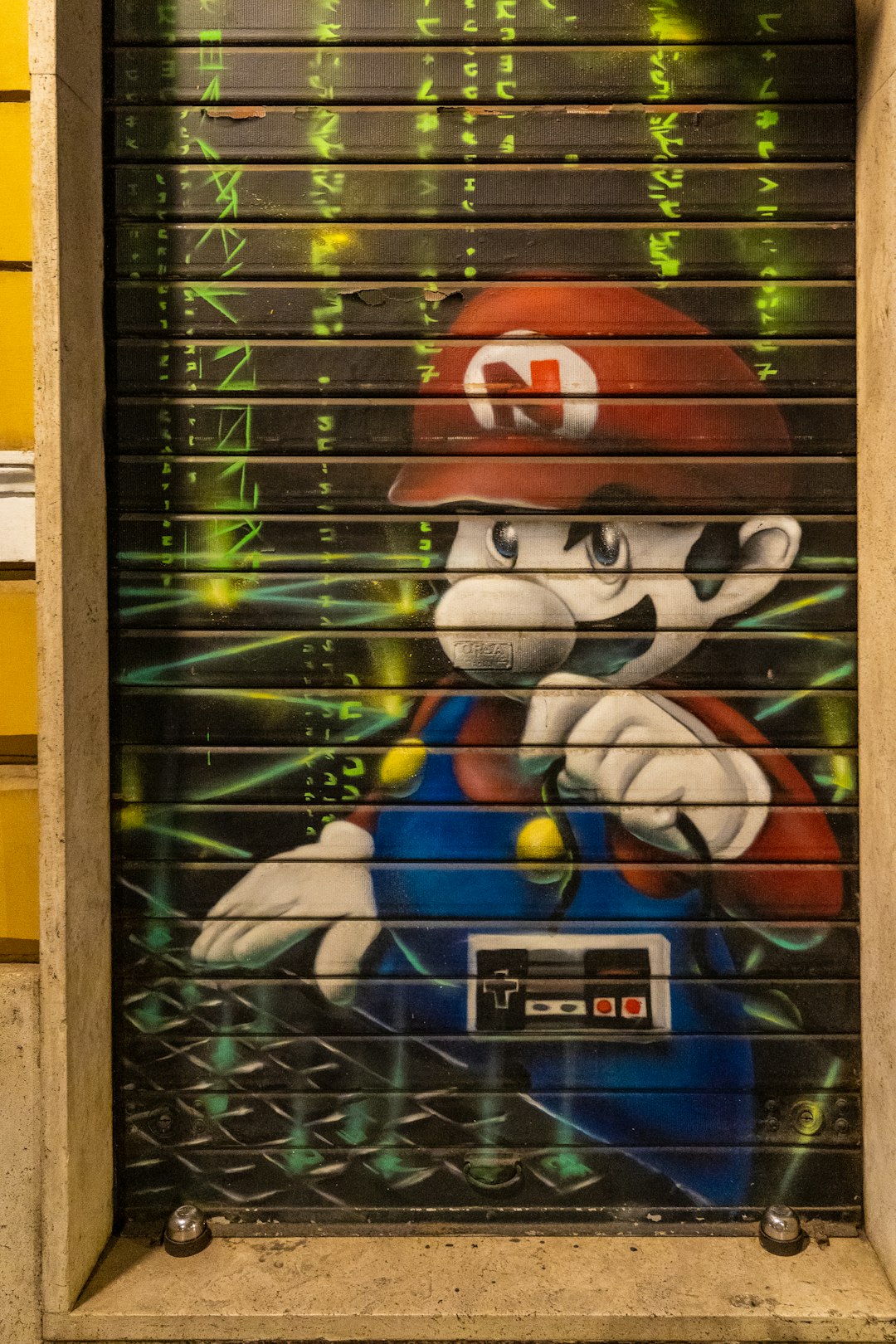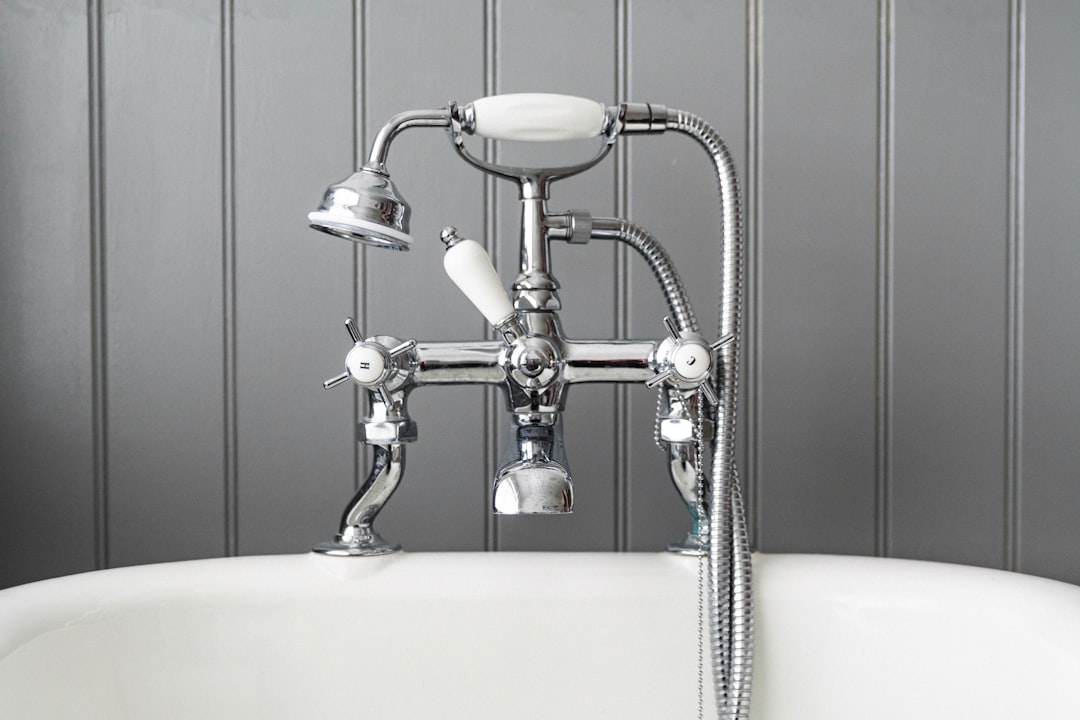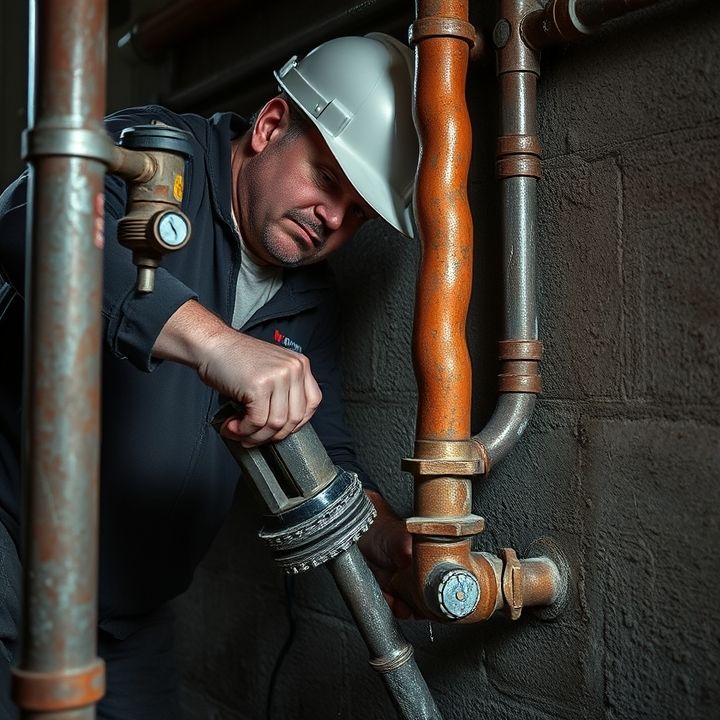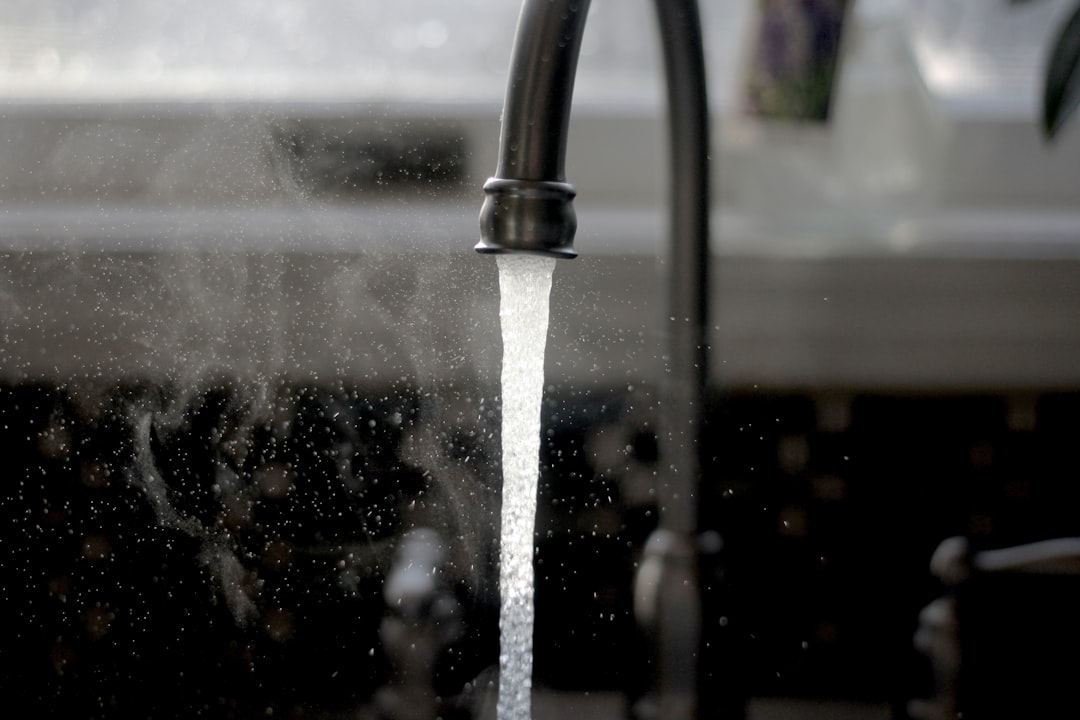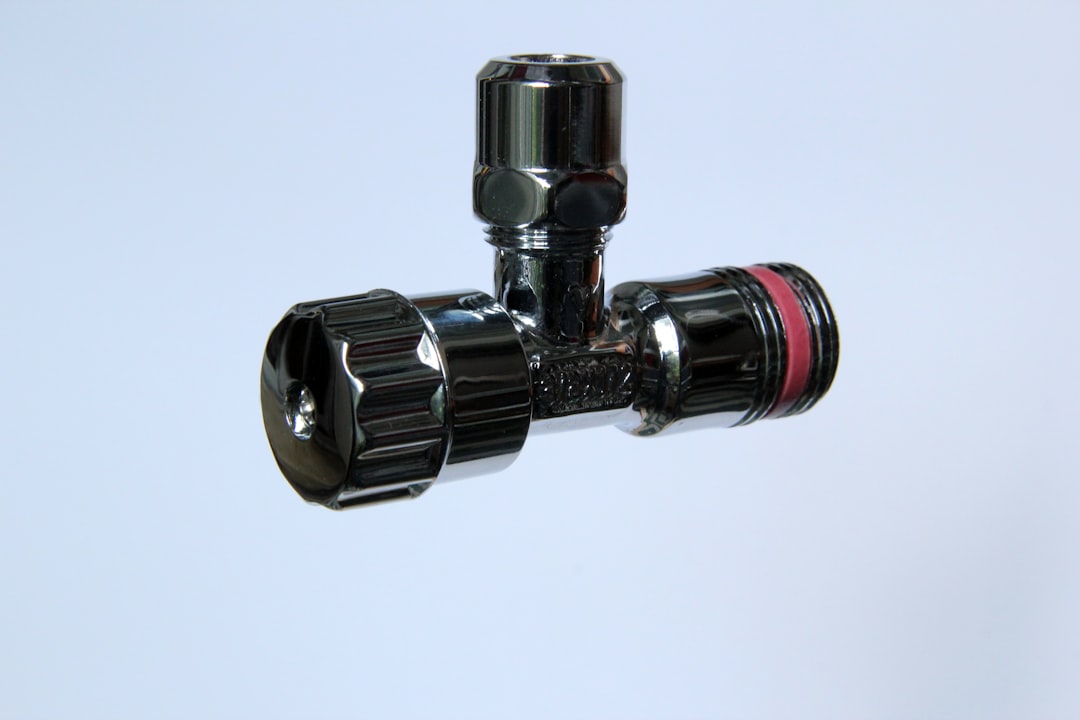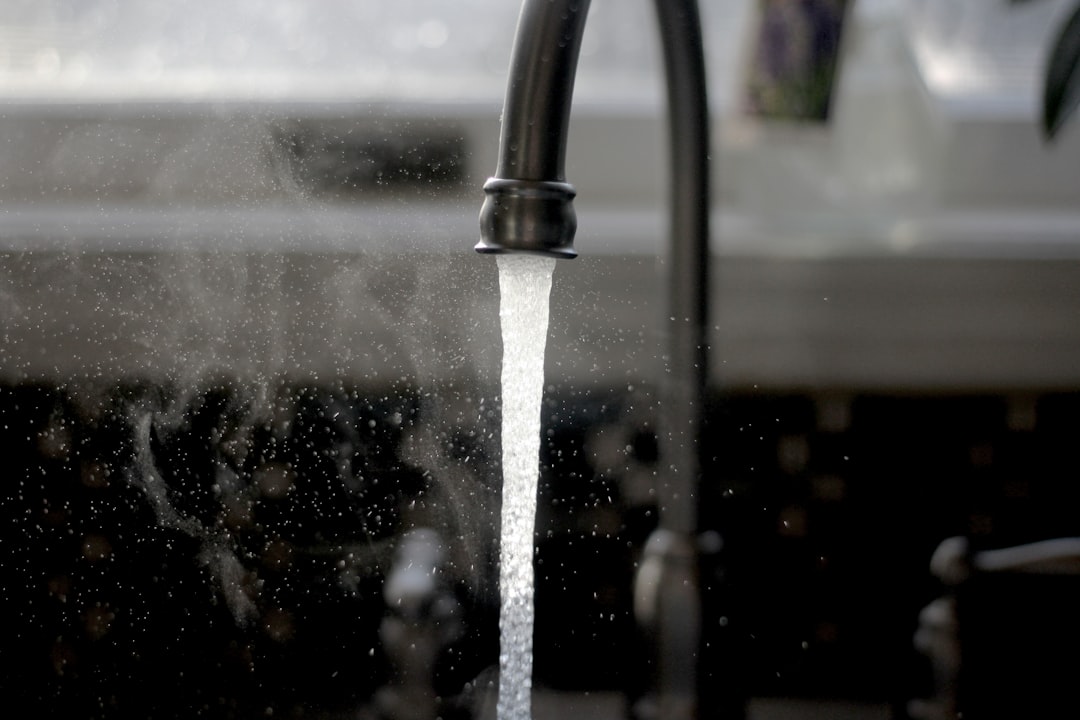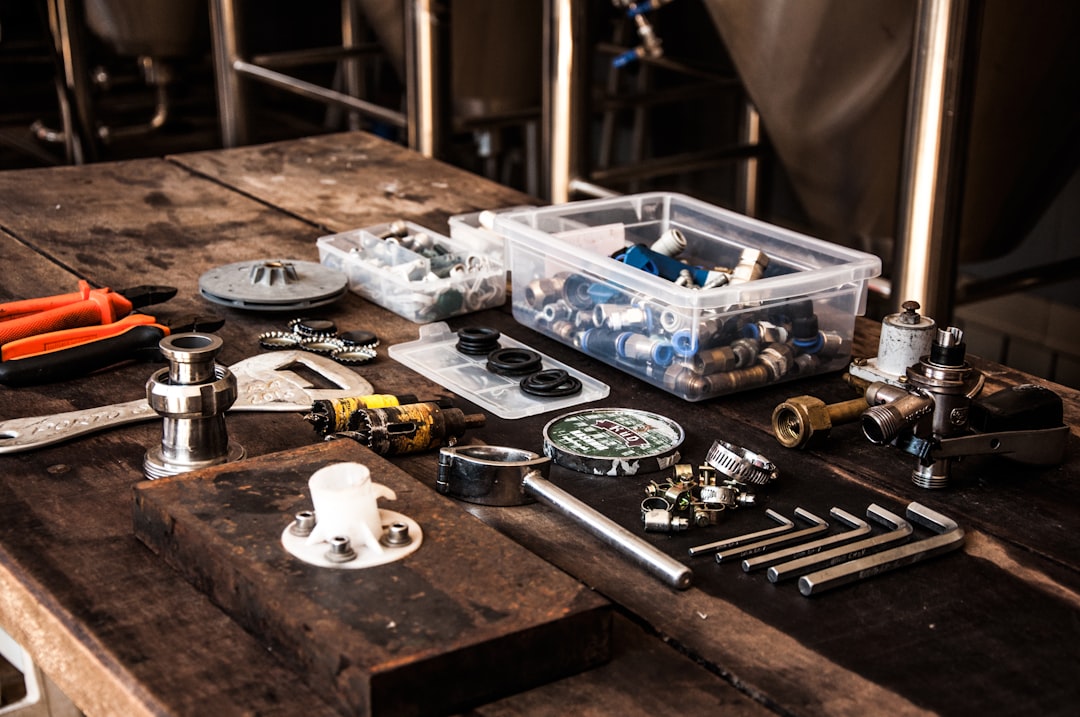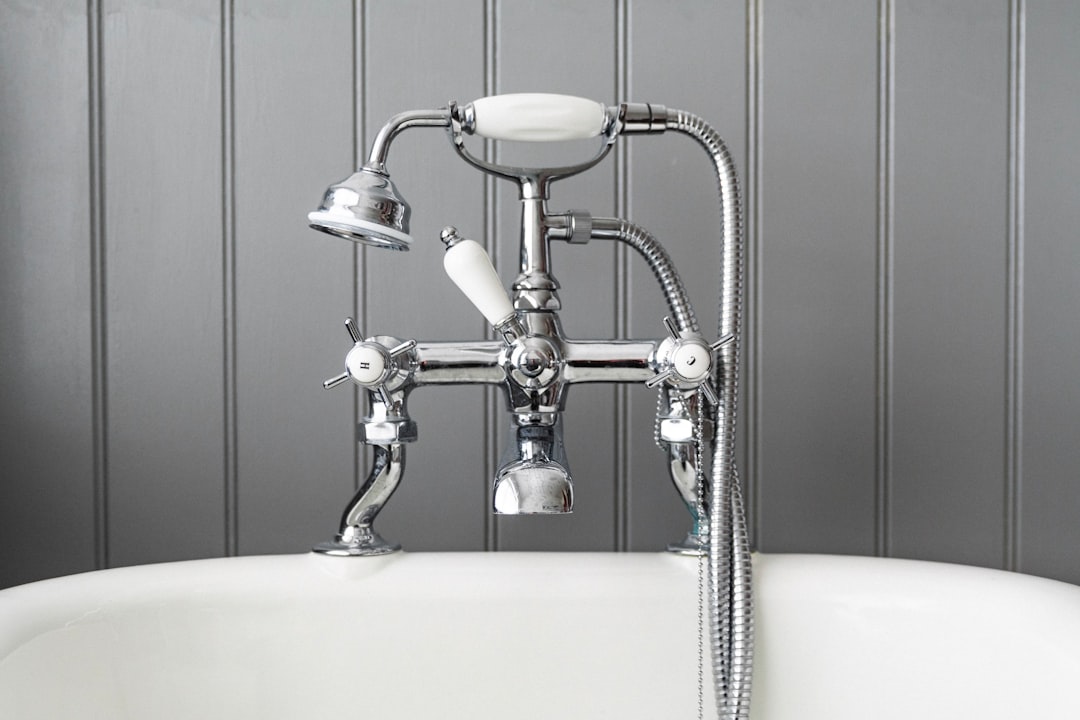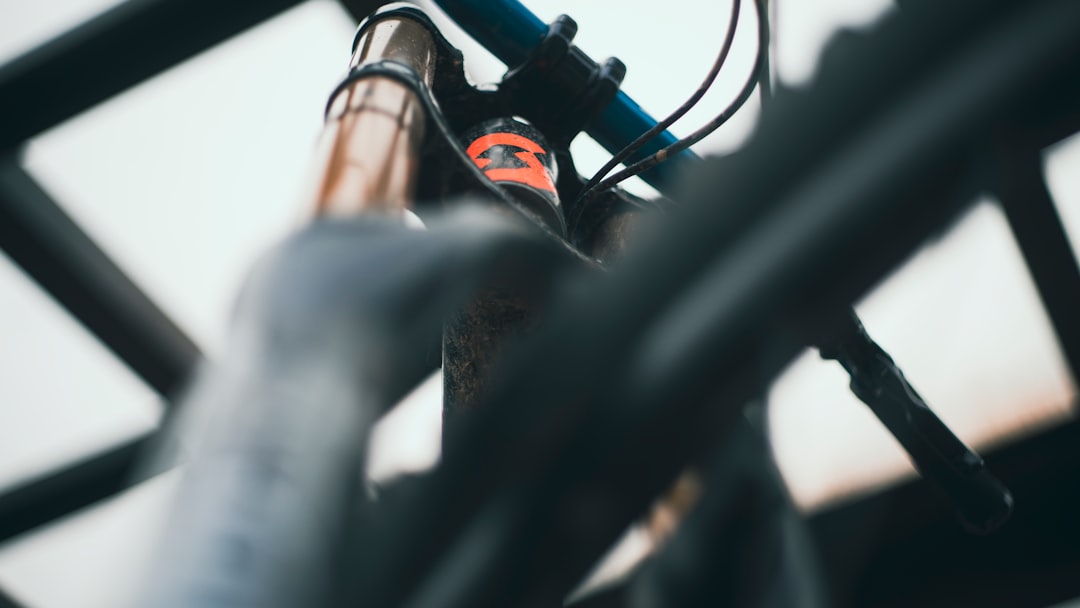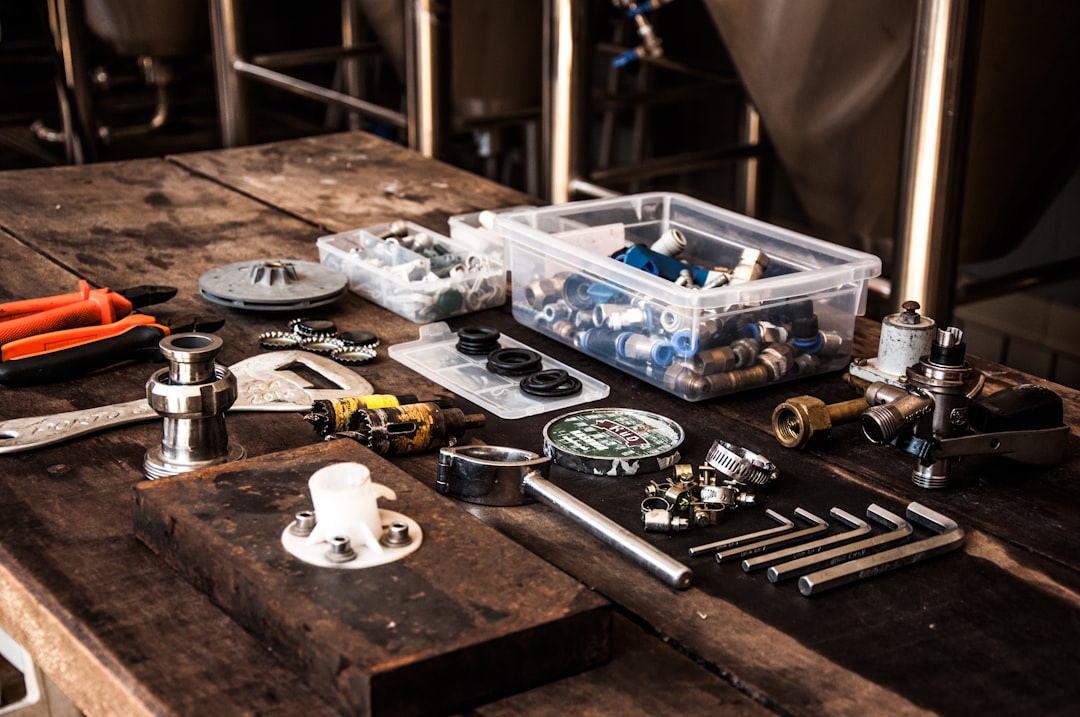Table of Contents
- Introduction
- Identifying the location of the frozen pipe
- Assessing the severity of the freeze
- Applying heat to the frozen section using safe methods
- Monitoring the thawing process and checking for leaks
- Performing plumbing pipe replacement if necessary
- Implementing plumbing maintenance to prevent future freezes
- Providing plumbing emergency service for urgent situations
- Educating homeowners on plumbing tips to avoid frozen pipes
- Conclusion
- Frequently Asked Questions
Introduction
As winter’s icy grip tightens, many homeowners face a lurking danger: frozen pipes. The sight of a pipe encased in frost may bring panic, but for skilled plumbers, it’s just another day on the job.
In this article, we will uncover the techniques and tools that plumbers wield to tackle this common dilemma with precision and ease. From innovative heating methods to preventative measures, these professionals are equipped with a wealth of knowledge to ensure that your home remains a haven, free from the threat of bursting pipes.
Join us as we delve into the world of plumbing, exploring the challenges and solutions that arise when the temperatures plunge. Whether you’re a homeowner seeking to protect your property or simply curious about the plumbing profession, this article promises to be an engaging and informative journey into the art of thawing frozen pipes.
Identifying the location of the frozen pipe
Identifying the location of a frozen pipe is critical to address the issue effectively. Start by checking unheated areas in your home, such as basements, attics, and crawl spaces, as these are common locations for pipes to freeze. Look for signs of frost or ice on the exterior of the pipes, which may indicate a frozen section. Inspect the water pressure; if you turn on a faucet and notice a significantly reduced flow, this may point to a frozen pipe somewhere along the line.
Additionally, check for any visible cracks or gaps in the insulation surrounding the pipes. Keep in mind that pipes running along exterior walls are particularly vulnerable to freezing during colder weather. In some cases, a plumber may recommend using infrared thermography to detect cold spots along the pipe route, which can help pinpoint the location of the freeze.
Once identified, carefully document the location of the frozen section to make the thawing process easier and more effective.
Assessing the severity of the freeze
Assessing the severity of a frozen pipe is a critical first step for plumbers when addressing this common winter issue. The extent of the freeze can greatly influence the methods used for thawing and repairs. Plumbers typically start by inspecting exposed pipes, especially those located in unheated areas like basements and attics. They look for visible signs of frost or ice buildup, which can indicate the severity of the freeze.
It’s also important to check for any leaks or cracks in the pipe, as these can lead to water damage once the ice melts. Additionally, plumbers may use infrared thermometers to measure the temperature of the pipes, helping them identify which sections are frozen.
If water flow is severely restricted or completely stopped, it may signal a more significant freeze, requiring immediate intervention. Understanding whether the freeze affects a single section or multiple areas can help determine whether a quick thawing process will suffice or if more extensive repairs are necessary. This assessment phase is crucial for preventing further damage and ensuring safe, effective resolutions.
Applying heat to the frozen section using safe methods
When dealing with frozen pipes, applying heat to the affected area is crucial for restoring water flow. However, it is important to use safe methods to prevent damage to the pipe or create a fire hazard. One effective technique is to wrap the frozen section with towels soaked in hot water. This provides a gradual increase in temperature, reducing the risk of cracking the pipe.
Another suitable option is to use a hairdryer on a low setting, moving it back and forth along the frozen section. Ensure that the dryer is kept at a safe distance to avoid overheating the pipe.
Electric heating pads can also be used, providing uniform warmth along the length of the pipe. When using any heated tools, it’s essential to monitor the process continuously until the ice has completely melted.
In cases of severe freezing, you can contact a professional plumber who has access to specialized equipment for thawing pipes quickly and safely. Always prioritize safety and avoid using open flames such as a blow torch, as this can easily lead to pipe damage or house fires.
Monitoring the thawing process and checking for leaks
Monitoring the thawing process is crucial when dealing with frozen pipes, as improper thawing can lead to further damage. As the frozen pipe begins to warm, it is important to keep a close eye on the temperature around the affected area. If you notice that the pipe is beginning to thaw, it may be wise to turn on the faucet connected to the frozen pipe. This allows water to flow through the system, reducing pressure build-up which could lead to a rupture.
During the thawing process, keep an eye out for any signs of leaks. Inspect the pipes thoroughly, specifically in areas that were frozen. Leaks can occur when ice expands and causes cracks or ruptures in the pipe. If you detect moisture or dripping, it is essential to address the issue immediately. A slow leak can escalate into a significant problem if not managed properly.
Additionally, ensure that the surrounding areas, such as walls or floors, are monitored for water damage, as this can offer clues about hidden leaks that may not be immediately visible.
Performing plumbing pipe replacement if necessary
In some cases, thawing a frozen pipe may not be enough to resolve the issue, especially if the pipe has developed cracks or leaks due to the pressure from the ice. In such situations, performing a plumbing pipe replacement becomes necessary.
The first step in this process is to identify the damaged section of the pipe. Once located, the water supply should be turned off to prevent further leakage. The affected section is then cut out using a pipe cutter or saw. It is essential to ensure that the remaining pipes are clean and free of debris before proceeding with the replacement.
Next, a new section of pipe is measured and cut to fit, ensuring that it complies with local building codes. The new pipe is then installed using appropriate fittings, and joints are sealed, often with soldering or the use of pipe cement. Finally, the water supply is restored, and the system should be thoroughly checked for leaks to ensure that the replacement was successful. This careful approach ensures the integrity of the plumbing system and prevents future issues.
Implementing plumbing maintenance to prevent future freezes
Implementing plumbing maintenance is crucial in preventing frozen pipes during cold weather. Regular inspections can help identify areas where pipes may be vulnerable to freezing. Homeowners should pay particular attention to spaces that are poorly insulated, such as basements, attics, and crawl spaces. Insulating these areas with foam or fiberglass can significantly reduce the risk of freezing.
Another important step is to ensure that any outdoor hoses are disconnected and drained before winter sets in. Additionally, sealing cracks and openings in walls and foundations can help keep cold air away from plumbing.
Keeping the thermostat set to a consistent temperature, even during periods of absence, can also contribute to preventing frozen pipes. During extreme cold spells, letting faucets drip can relieve pressure in the plumbing system, reducing the likelihood of pipe rupture. Furthermore, maintaining proper drainage around the home’s foundation can prevent water from collecting and freezing near vulnerable pipes. By taking these proactive measures, homeowners can minimize the risk of frozen pipes and the potential for costly repairs.
Providing plumbing emergency service for urgent situations
Providing plumbing emergency service for urgent situations is crucial for homeowners to mitigate severe damage and costly repairs. Emergency plumbing can include issues such as burst pipes, severe leaks, or malfunctioning toilets, which require immediate attention.
The first step a plumber takes when responding to an emergency call is to assess the situation quickly. This often involves shutting off the water supply to prevent further damage. Next, the plumber will identify the cause of the issue, whether it’s a frozen pipe, a blockage, or a defective water heater.
Once the problem is identified, plumbers typically utilize specialized tools and techniques to resolve the issue efficiently. This can include thawing frozen pipes with heat tape or removing blockages using drain snakes. Additionally, providing 24/7 emergency services allows plumbers to assist customers at any hour, ensuring that urgent plumbing issues are addressed promptly. Overall, having access to emergency plumbing services can provide peace of mind to homeowners, knowing that help is just a phone call away in critical situations.
Educating homeowners on plumbing tips to avoid frozen pipes
To prevent frozen pipes, homeowners should be proactive in winterizing their plumbing systems. First, it is crucial to insulate pipes, especially those in unheated areas like basements, attics, and garages. Using foam insulation sleeves or wrapping pipes with heat tape can provide an extra layer of protection.
Additionally, homeowners should keep their homes heated during cold snaps, even if they plan to be away. Setting the thermostat to at least 55 degrees Fahrenheit can help prevent the temperature in the pipes from plummeting.
Another effective tip is to allow faucets to drip during extreme cold. This keeps water moving within the pipes, reducing the likelihood of freezing.
Additionally, sealing cracks and openings around windows and doors can prevent drafts that contribute to colder indoor temperatures. It’s also wise to disconnect and drain outdoor hoses, as remaining water in the pipes can freeze and expand.
Understanding these simple precautions can save homeowners significant time and money in repairs caused by frozen pipes.
Conclusion
In conclusion, addressing frozen pipes doesn’t have to be a daunting task. By following the outlined steps—identifying the problem areas, assessing the severity of the freeze, applying safe heating methods, and monitoring the thawing process—you can significantly mitigate potential damage. If the issue escalates, don’t hesitate to reach out to a professional plumber for assistance, especially for urgent situations. Implementing regular plumbing maintenance and taking proactive measures will help prevent future occurrences. For those facing any plumbing issues, remember that timely intervention is key to avoiding costly repairs.
Don’t wait for your pipes to burst—call 573-555-2121 now for expert plumbing assistance!
